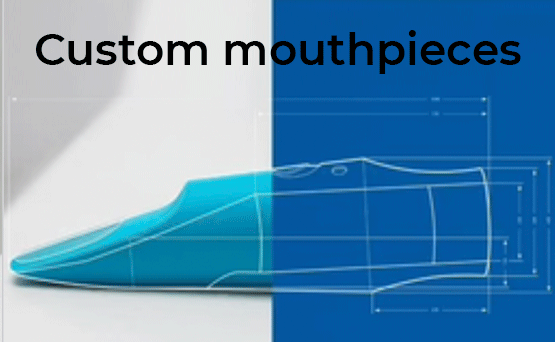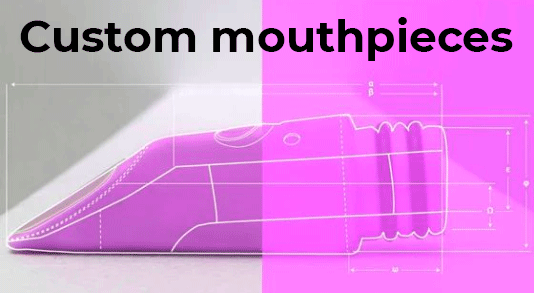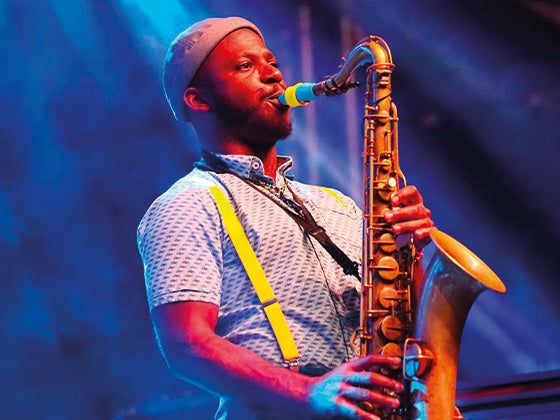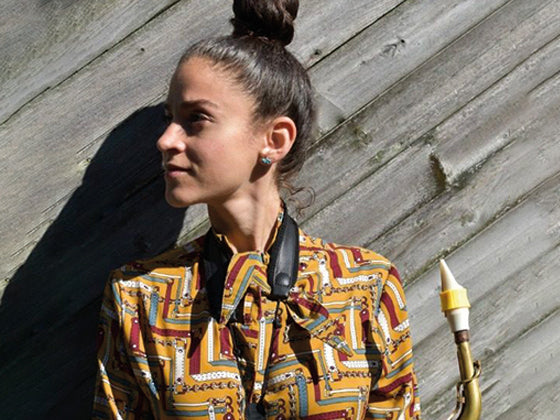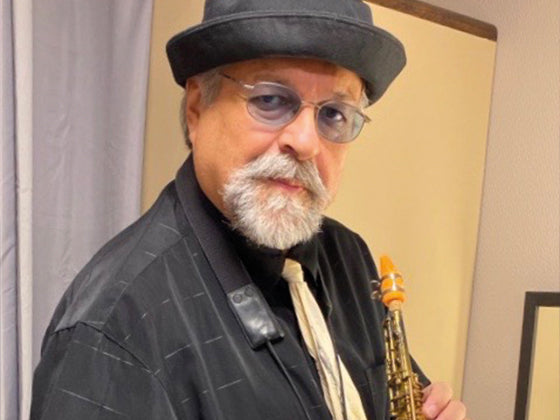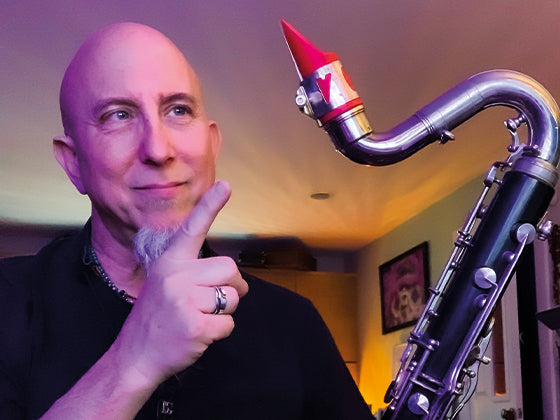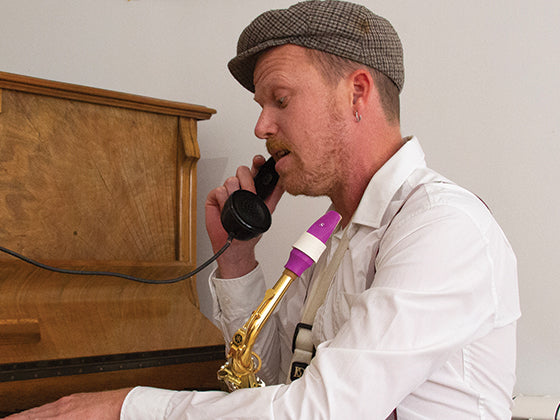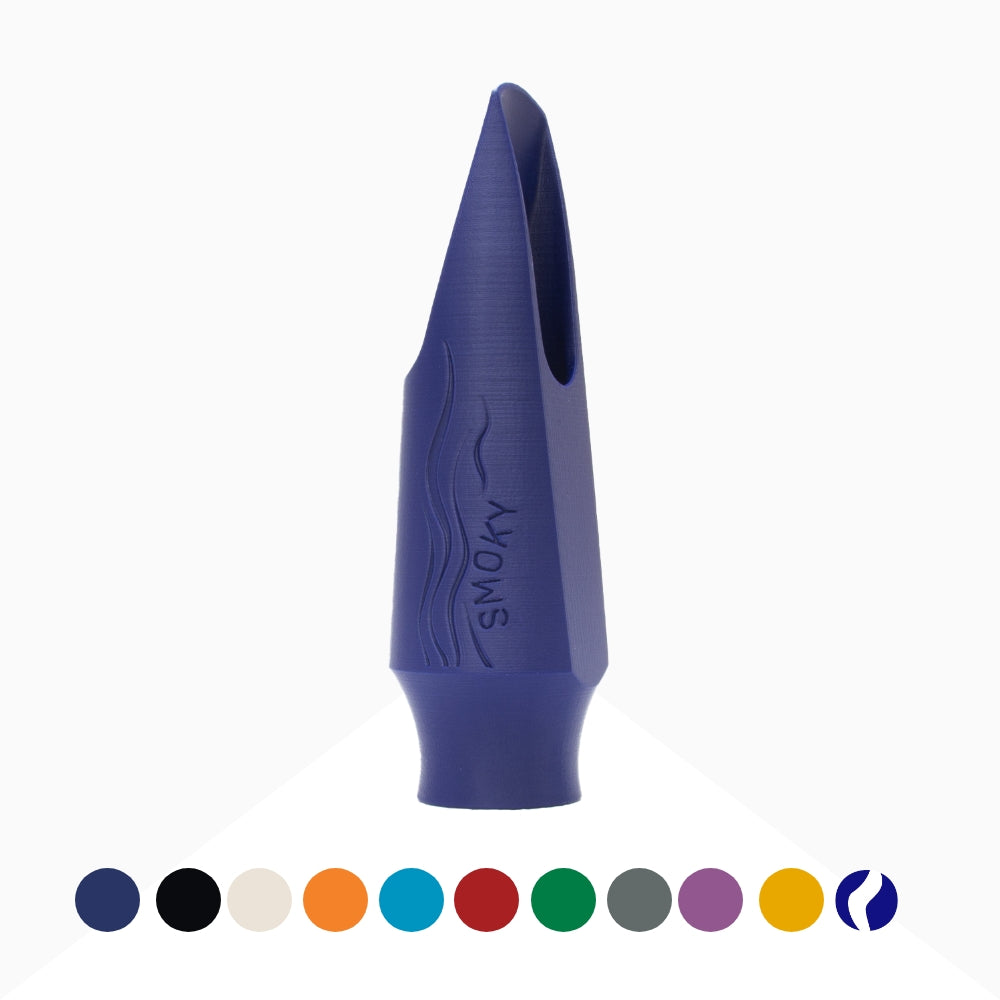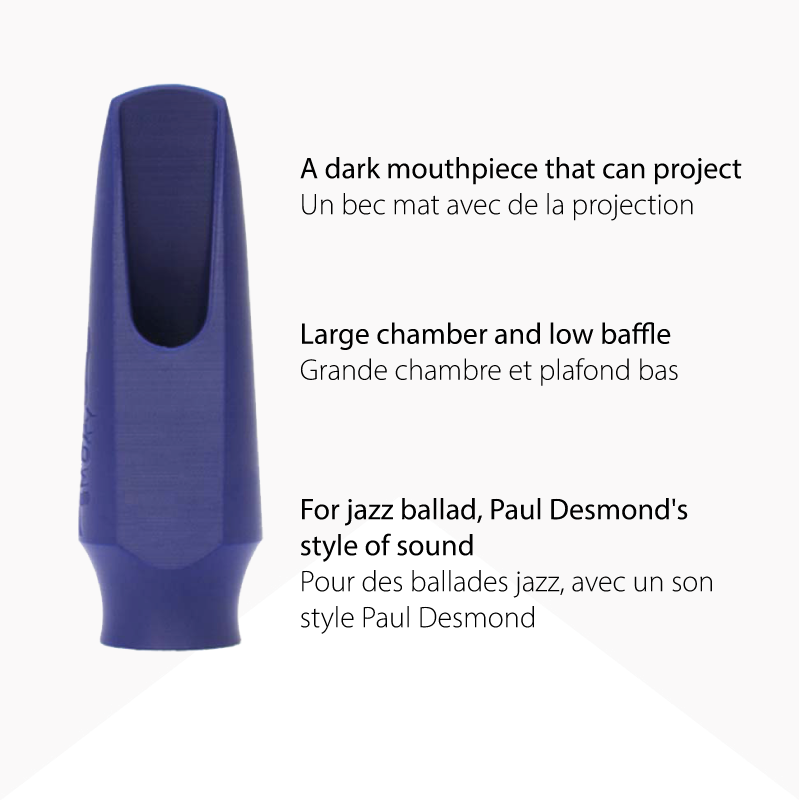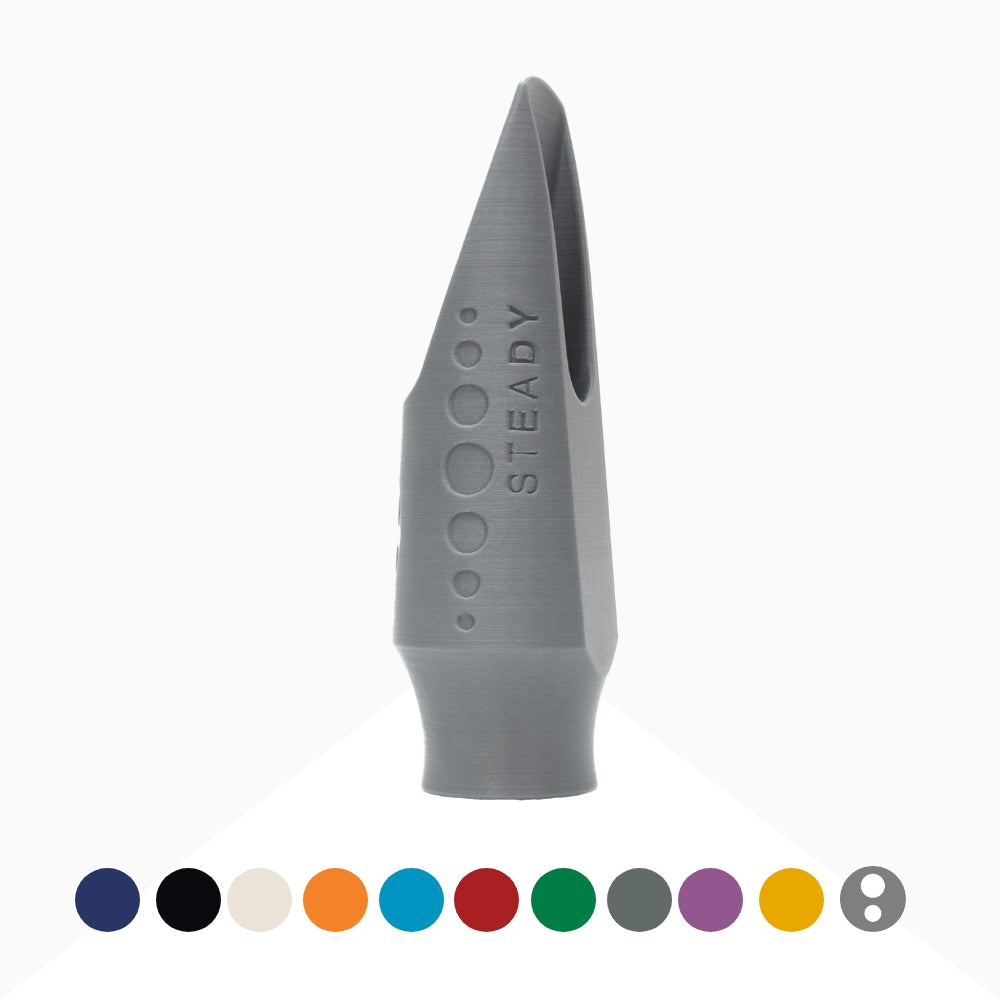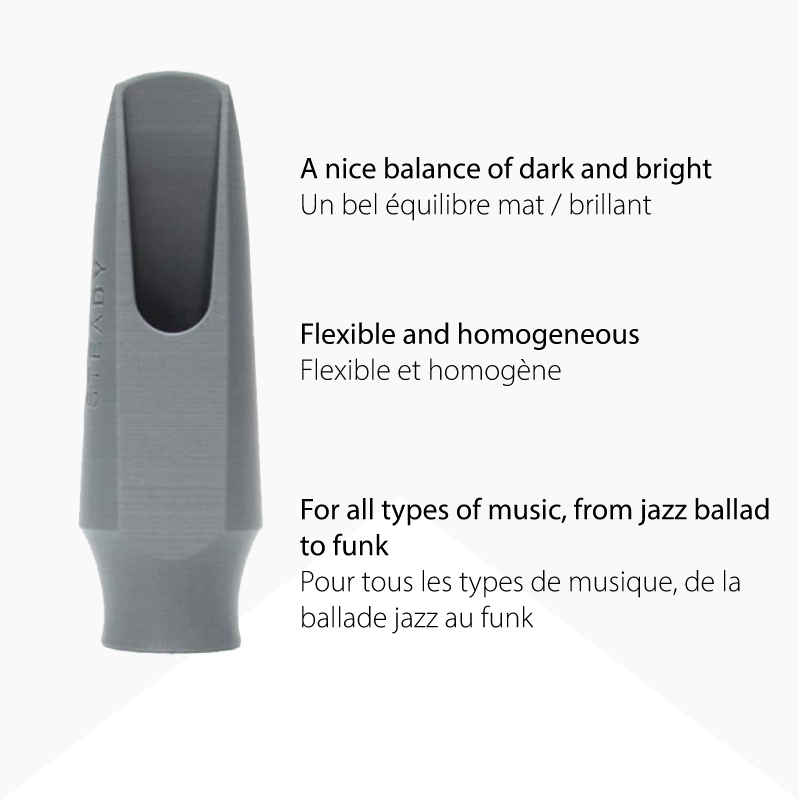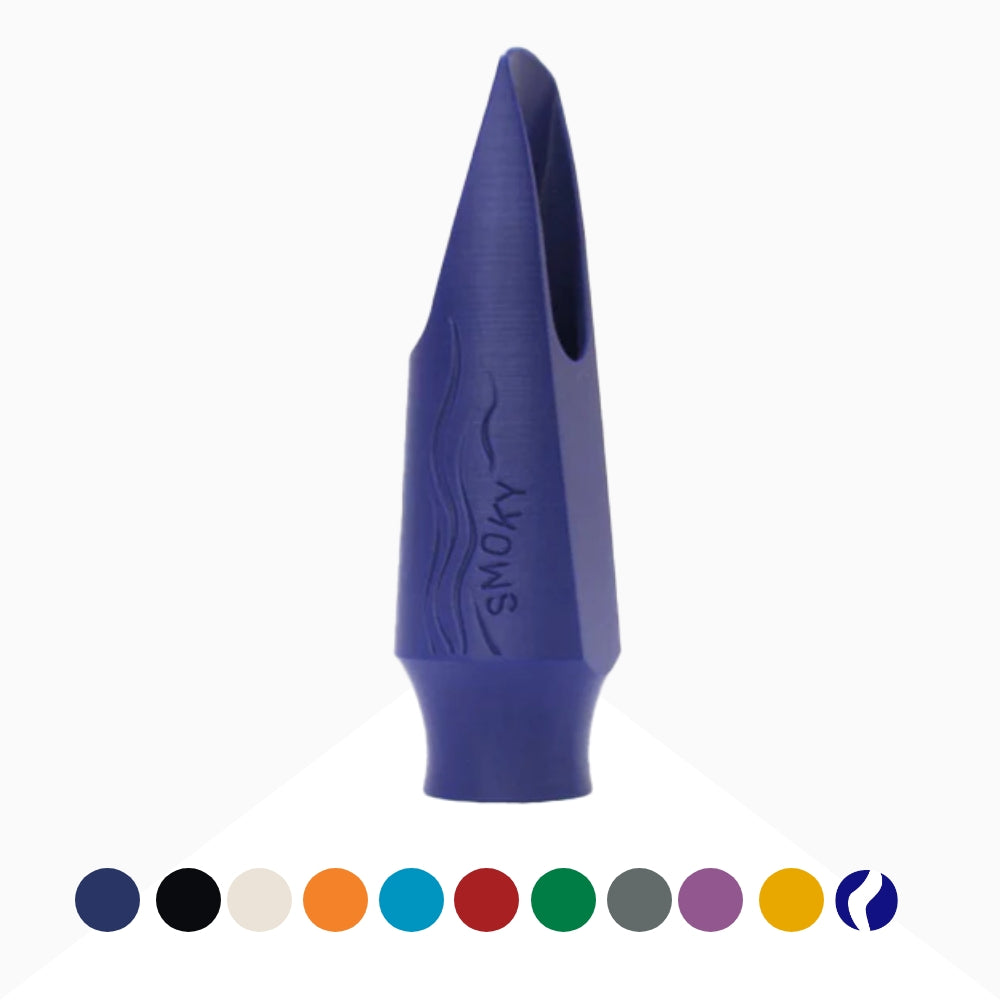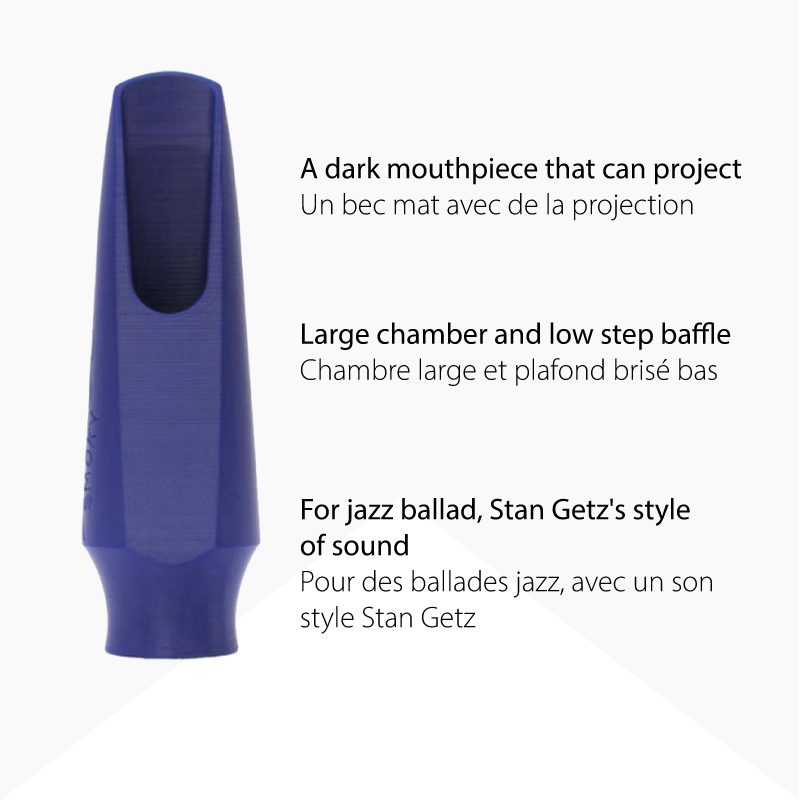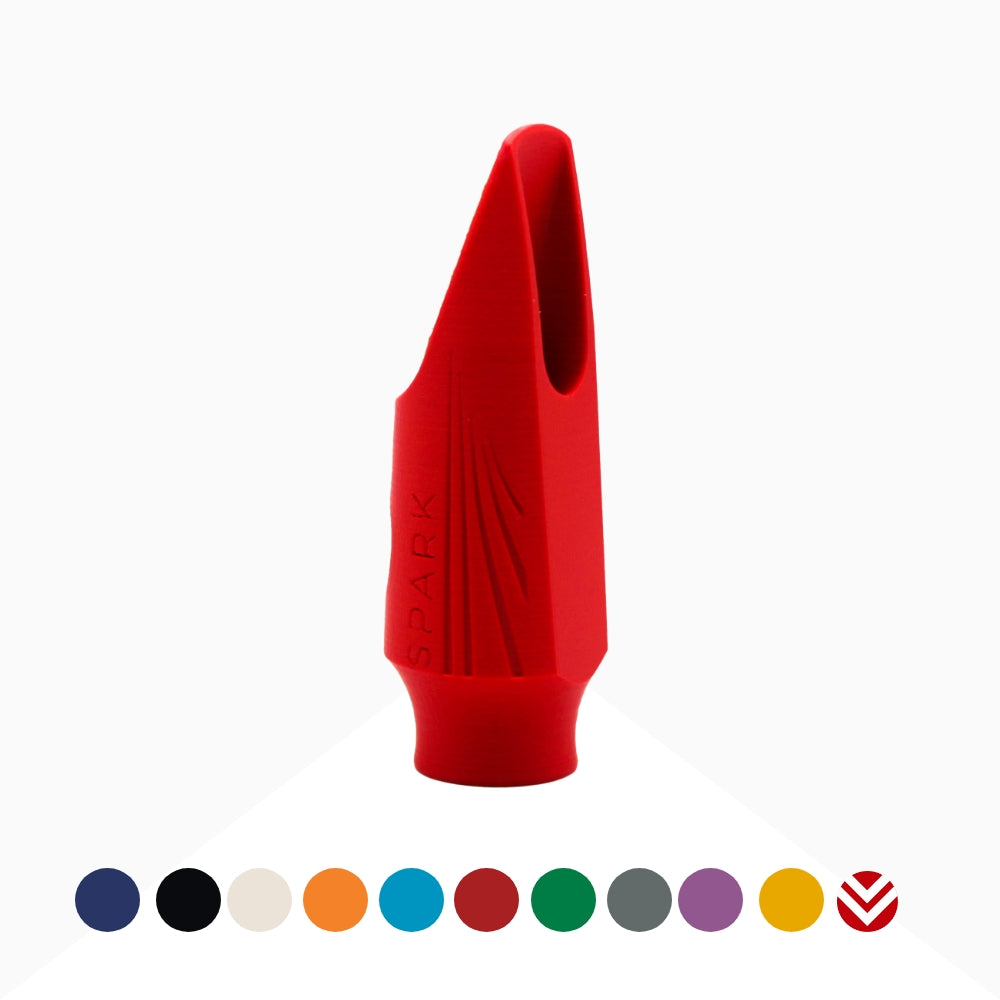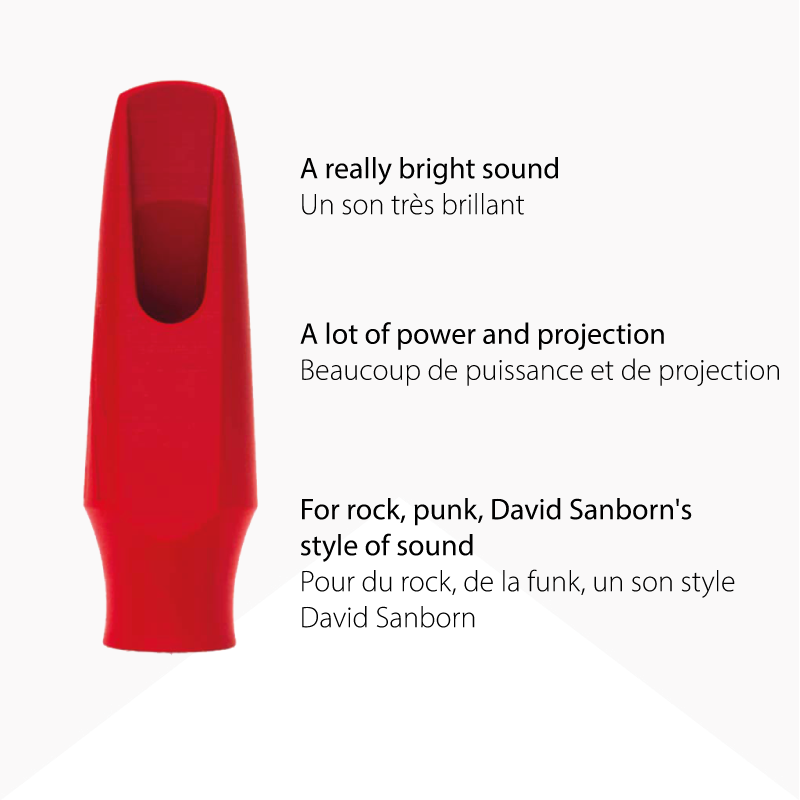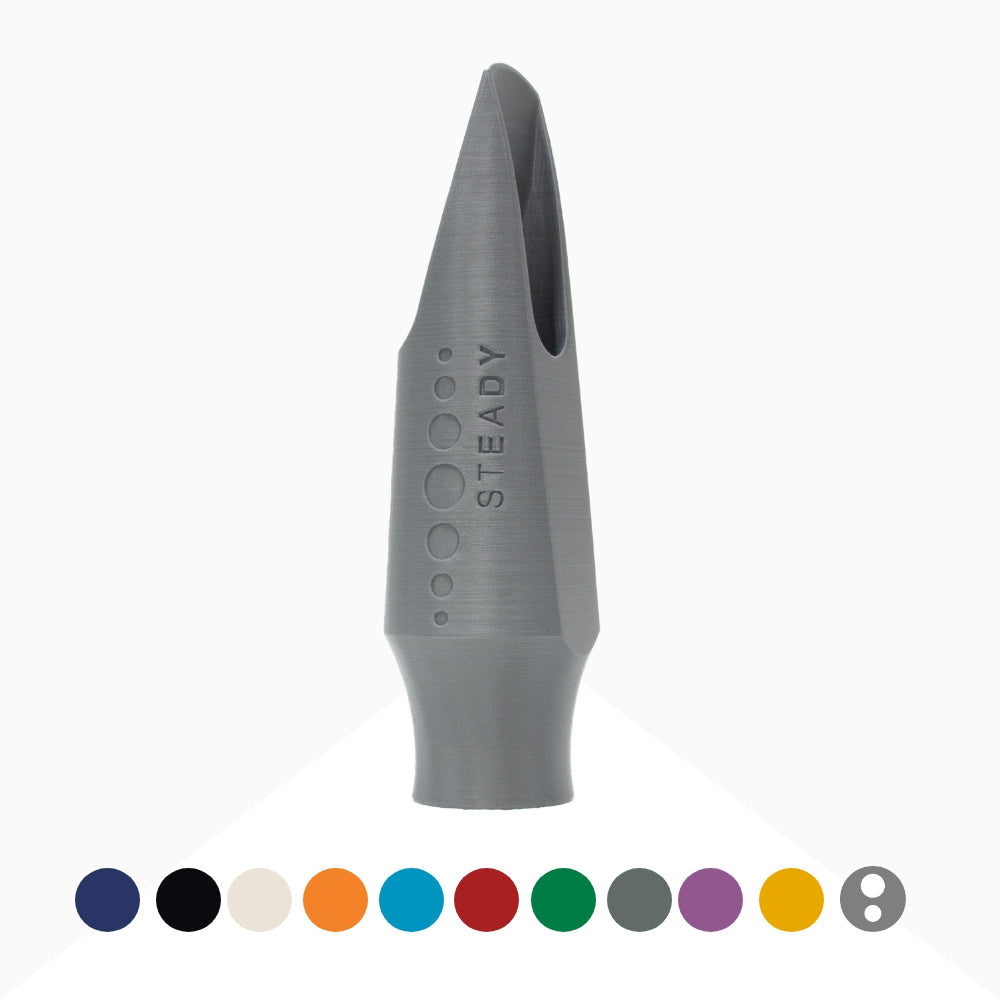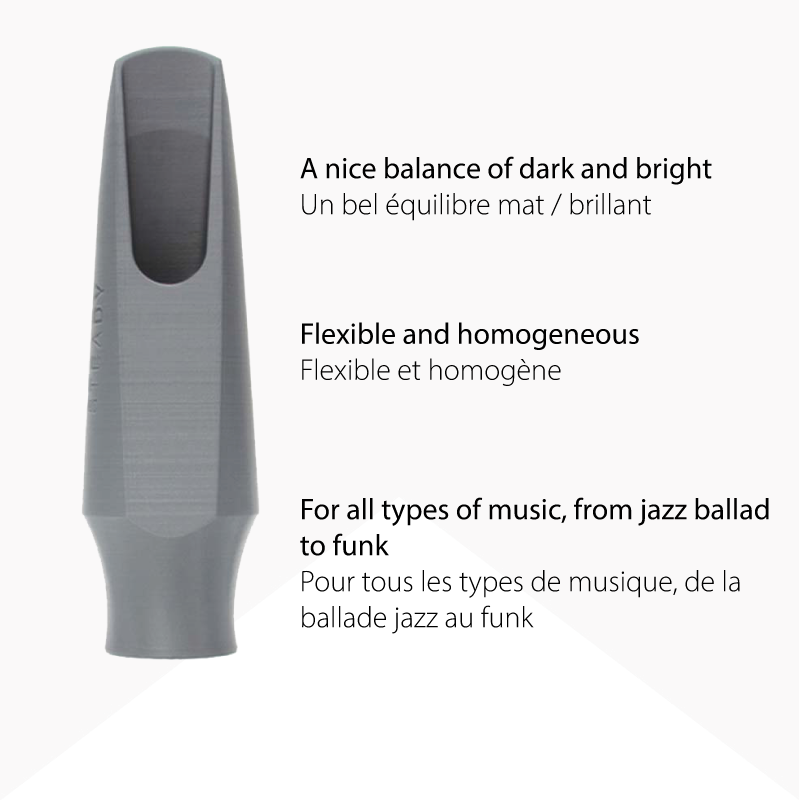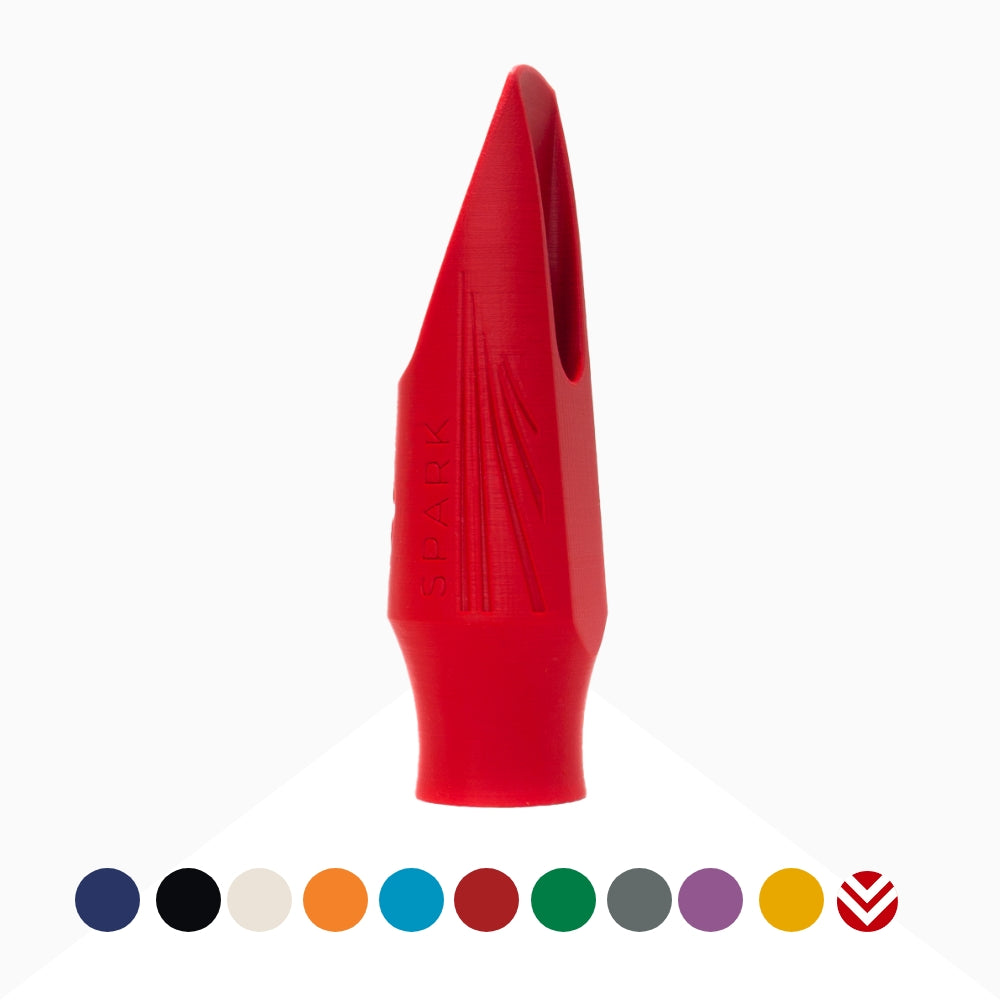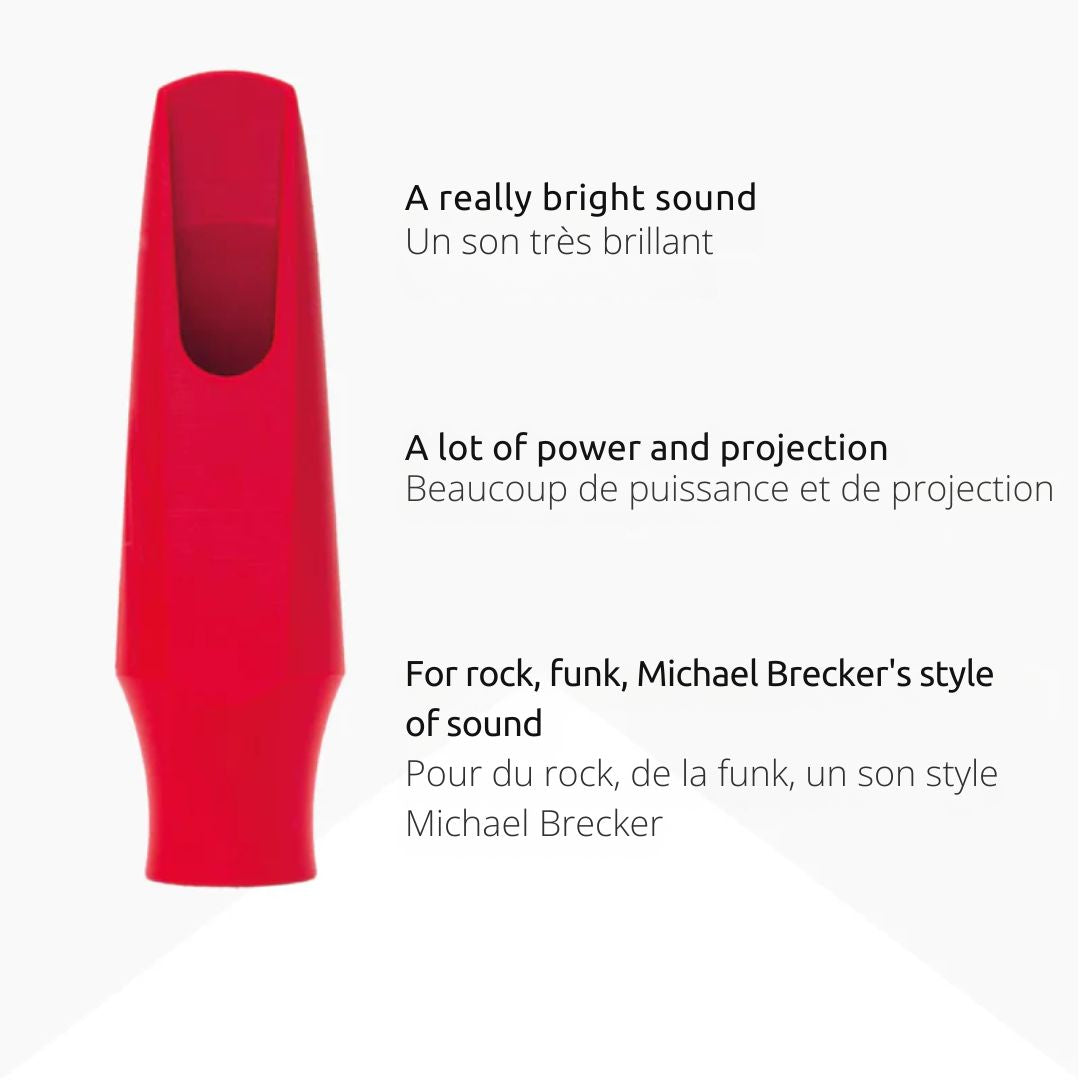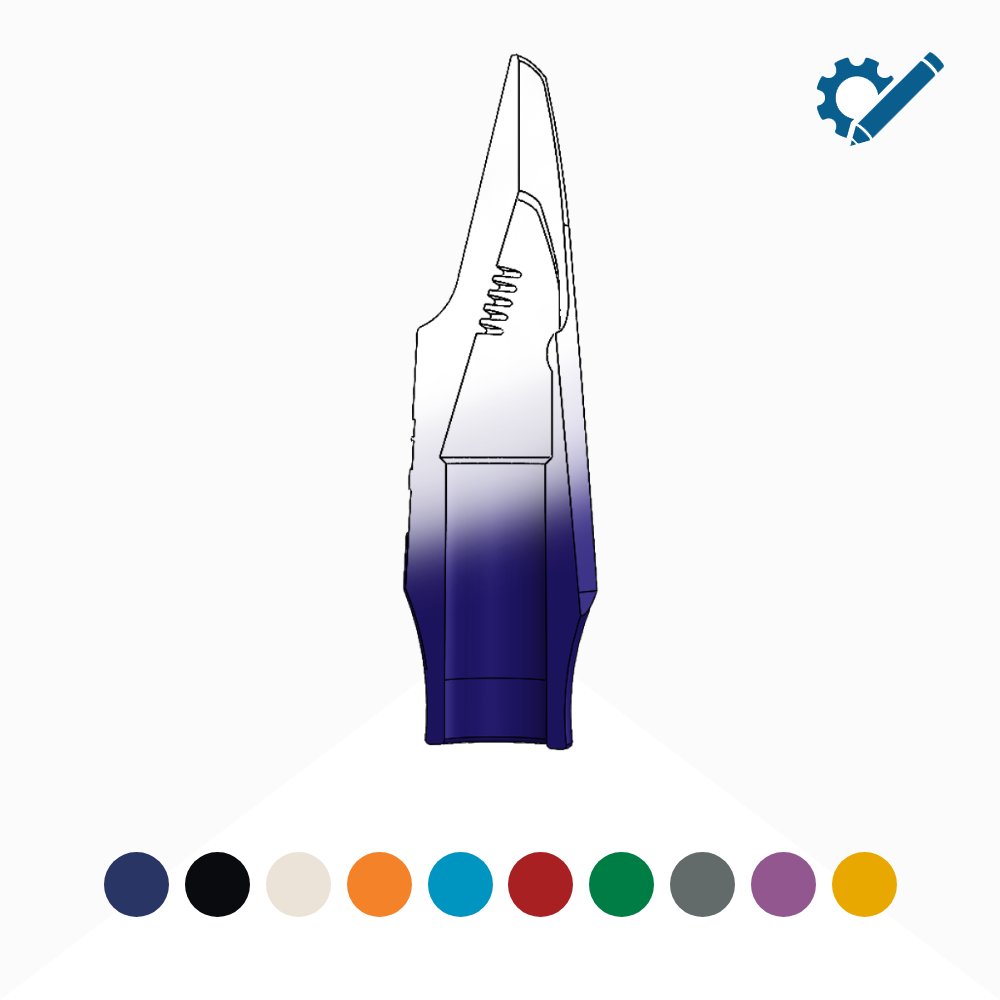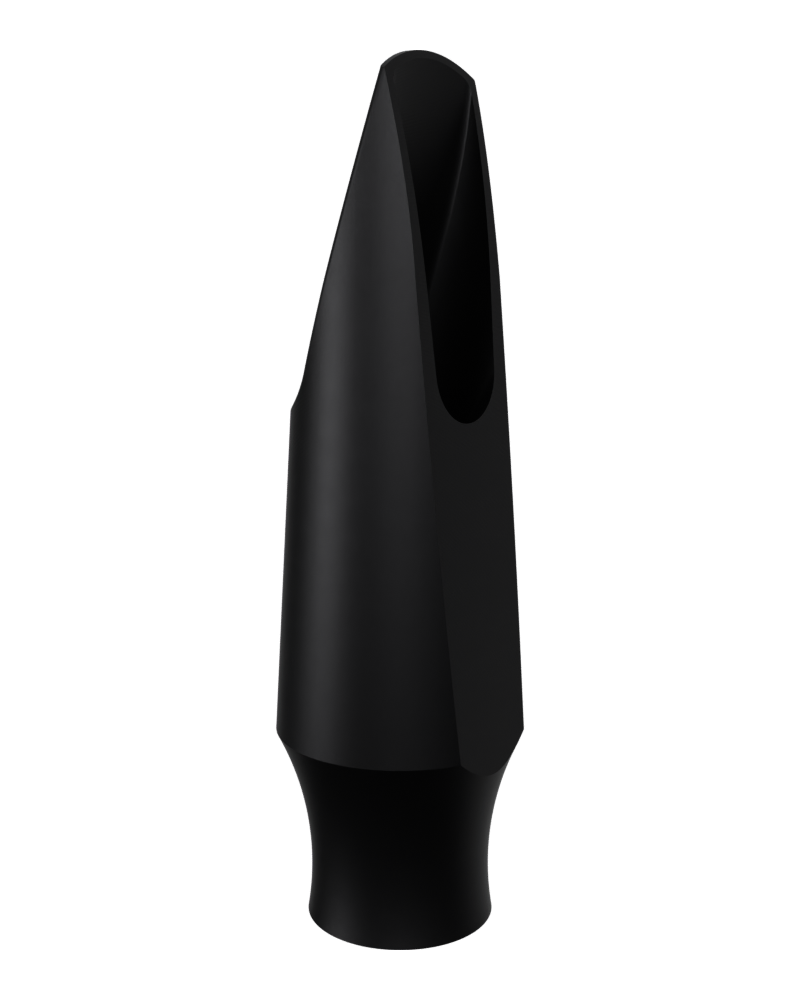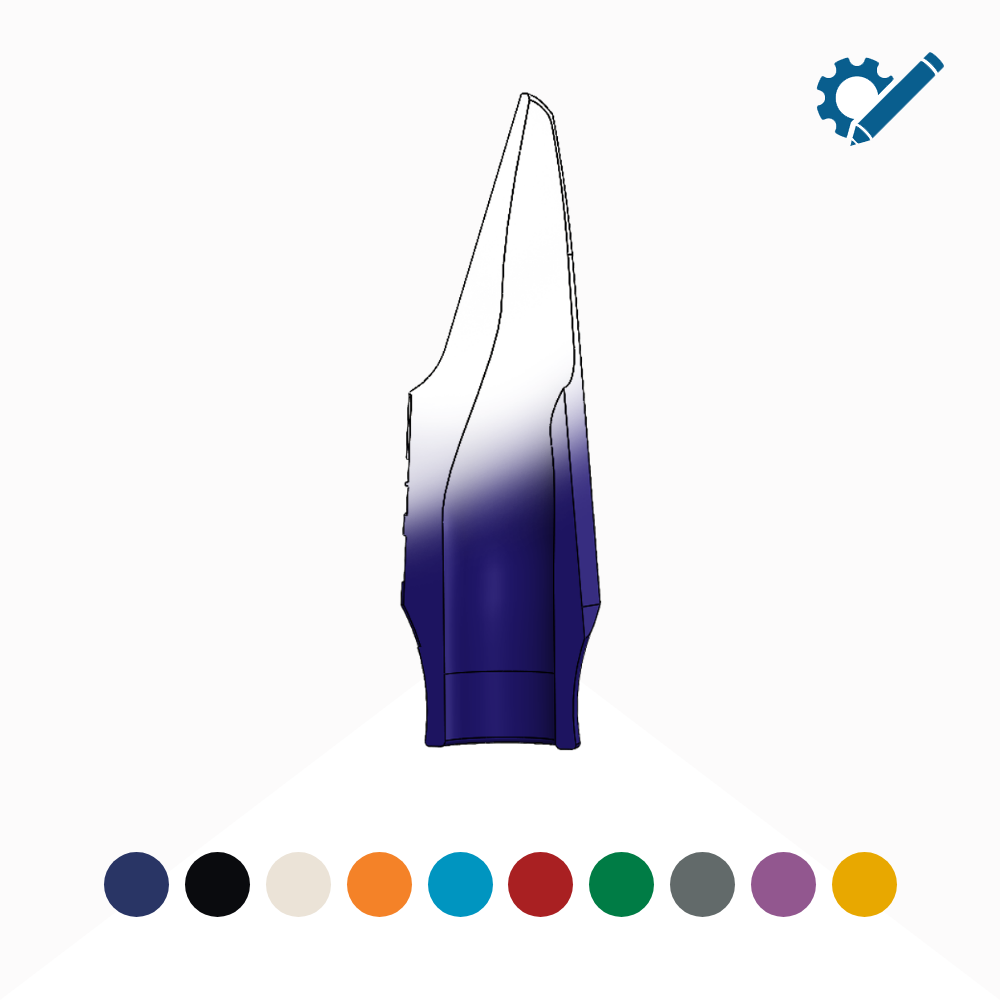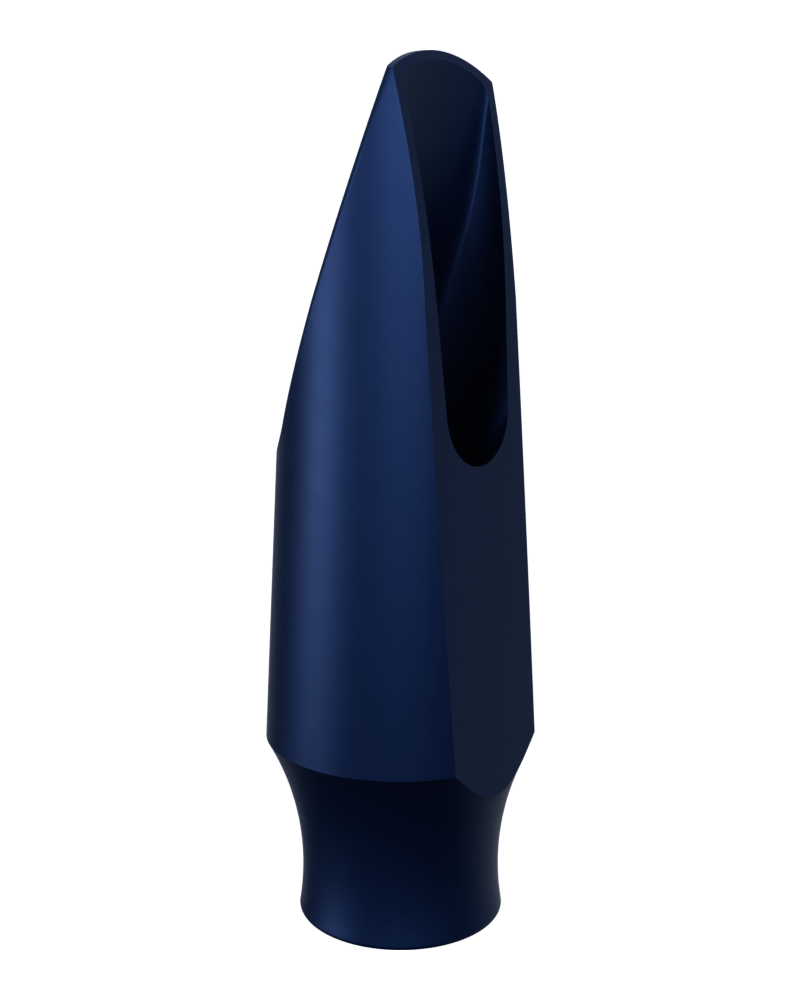For most saxophonists and clarinetists, the double lip embouchure is a forgotten technique, or at best an unlikely primary choice. Yet for those who return to it, this approach can offer surprising benefits.
Let’s take a closer look at what it is, how it works, why it fell out of fashion, and why it’s still worth exploring in 2025.
What is the Double Lip Embouchure?
In the standard embouchure used by saxophonists and clarinetists:
-
The lower lip is curled over the bottom teeth to cushion the reed.
-
The upper teeth rest directly on the mouthpiece.
With the double lip embouchure, both lips—upper and lower—are rolled over the teeth. This means:
-
No teeth contact with the mouthpiece.
-
The lips fully cushion both the reed and the top of the mouthpiece.
The double lip embouchure is still widely used on double reed instruments like the oboe and bassoon. But for clarinet and saxophone, it’s uncommon, though not unheard of. This style was commonly used until the early 1960s, especially in France (synonymous with the "French embouchure").
Why Did the Double Lip Embouchure Fall Out of Fashion?
By the 1960s, the double lip embouchure, once widely taught in French conservatories, began to decline in popularity. While there is no single official explanation, several factors likely contributed to this shift:
-
Endurance and Stability: The single lip embouchure allows the upper teeth to rest directly on the mouthpiece, creating a more stable anchor point. This reduces fatigue and makes it easier to play for long periods, especially in orchestral or big band settings.
-
Projection and Power: As musical styles evolved, especially in jazz and modern classical music, players needed greater projection and clarity. The single lip embouchure made it easier to produce a brighter, more direct sound that could cut through ensembles and larger venues.
-
Teaching Trends: As conservatory methods became more standardized internationally, instructors leaned toward the single lip approach. It was viewed as more accessible for students and better suited to a wider range of styles. Over time, it became the default embouchure in most teaching environments.
-
Practicality: The double lip embouchure is physically demanding and takes longer to master. It requires strong upper lip control and can be uncomfortable during extended practice or performance. For many players, the single lip approach offered a more practical solution with fewer physical challenges.
So Why Use It?
There are several reasons a player might choose to experiment with this technique:
-
Sound: It tends to produce a warmer, darker tone, even if it offers less projection or brightness than single lip playing.
-
Comfort: By removing contact between the teeth and the mouthpiece, it reduces vibrations transferred to the teeth, which some players find more comfortable.
-
Control: This approach requires greater muscle engagement, particularly in the upper lip. For many players, it leads to a more natural, resonant sound.
-
Compensation and Pressure: The double lip embouchure can give you valuable information about your playing habits, especially when it comes to compensation and pressure. You generally shouldn’t bite down while playing, but that can be hard to notice. If you place your top lip over your teeth and it hurts, then you're biting. Practicing double-lipped makes this clear.
-
Voicing and Breath Support: It encourages proper voicing and breath support, helping those elements do the work they’re meant to do. In that way, it acts like a kind of truth serum. It can expose unnecessary tension and guide you toward a more intentional, efficient embouchure.
Final Thoughts
Clarinetist Al Gallodoro once said, “I’d rather one lip hurt than two,” and for good reason. Still, revisiting this older approach can offer valuable insight. It may help you work through habits developed with single lip playing and push you to engage with your embouchure in new and unexpected ways. Renowned tenor saxophonist JD Allen’s take on the matter really resonated with us:
"I believe musicians should play with the embouchure that suits them best. Your objective as an artist should determine which embouchure you choose. If your focus is purely technical, a single embouchure may be ideal; if you are drawn to a broader range of sound and color, a double embouchure offers a wider sonic palette. In my view, single embouchure playing tends to be more refined, while double embouchure allows for greater expressive variety. The distinction, to me, is similar to walking through a museum and experiencing the art of Europe and Africa—each is equally beautiful, yet created with different intentions. Ultimately, it’s up to the artist to decide how to tell their story."
Sometimes, we have to look backward to understand how to move forward. This one’s a true blast from the past.
And if you’re exploring new embouchure setups, your mouthpiece matters. At Syos, our custom and catalog models are designed to support a wide range of playing styles, including players experimenting with different embouchure techniques. Whether you're refining your current setup or revisiting older approaches like the double lip, the right mouthpiece can help bring out your best sound.

